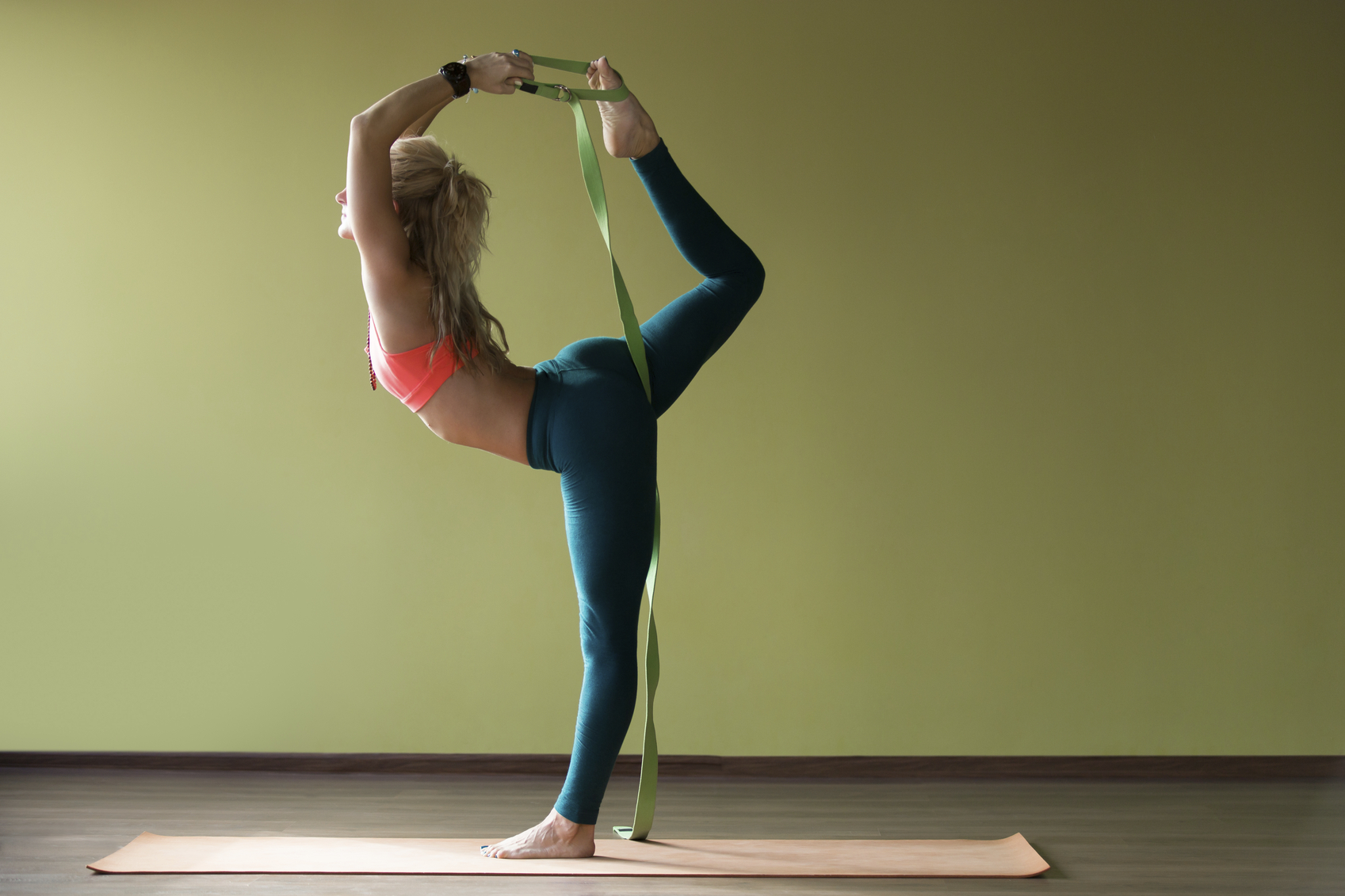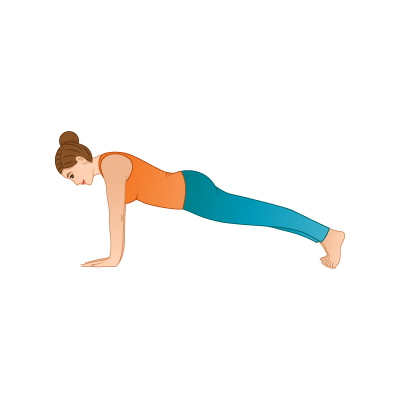How to teach using Yoga Props
August 3, 2016 | 3 min read
Want a basic intro to the yoga props currently available and how teachers can use props while teaching in class? Check out our yoga basics below for a little insight to the amazing world of yoga props and how to use them.
Yoga Mats
If you’re serious about yoga, invest in a good mat. Yoga mats are like picking the perfect mattress. Some yogis need extra support for their spine – especially if you’ve suffered a back injury. You might even find it nice to use two mats. You’ll also want to look for a mat with grip, so you don’t slip in Warrior Poses. Teachers should spend a small amount time talking to their yoga students about the various mats you can buy, and recommending what they might find helpful in their practice. There are many materials as well as thickness and weight to consider when helping the student figure out what kind of yoga mat they need based on their yoga practice and needs.
Yoga Blocks
Blocks are an amazing prop for people who find that they need a little extra length for a total stretch. Blocks are also great for people who suffer from knee injuries as they can keep you from hyperextending in poses. Poses like the Puppy, Cat, Half Moon, and Triangle are all modifiable with a block. Child’s Pose is also great for modifying with both a blanket and a block for extra support.
Yoga Straps
If your student needs additional help easing into poses and aligning their posture, a yoga strap makes for a great prop. Teachers can help students combine this with a block for the ultimate structural alignment of the mind, body, and soul – especially the spine! Yoga straps are a great prop for those nursing an injury or people who carry tension in their muscles. Use straps for poses like Side Stretch, Dancer’s Pose, Full Boat Pose, Cow Face Pose, Seated Forward Bend and opening your shoulders.
Yoga Wheel Prop
A yoga wheel is great for people looking to add variation to their everyday poses and get the most out of their advanced yoga session. Yoga wheels are also amazing for a little extra support when you are getting back into yoga after a knee, arm or spinal injury. Teachers can guide you in using it for supreme balance and better focus when going into poses that can be quite difficult. Teachers can also use the yoga wheel to modify the Pigeon Pose, Shoulderstand to Plow Pose, Monkey Pose, Wheel Pose, and the One Legged Upward Bow Pose.
Maigen Thomas is a Classic Hatha Yoga Teacher who lives in Vancouver BC.
Posted in Teaching Tips




